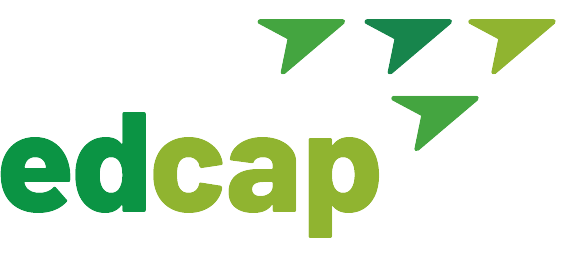1. Update Your Contact Information
Update your FSA account information at studentaid.gov to receive correspondence, enroll in a repayment plan, and manage your loans.
2. Identify Your Student Loan Servicer
Create an account with your student loan servicer(s). You can find out who your servicer is via your studentaid.gov account on your dashboard.
3. Know Your First Payment Due Date and Amount
Federal loans are typically first due 6 months after graduation. Private loans vary by lender and loan terms.
Be Aware: When entering repayment for the first time, your federal loans will likely be placed in the 10-year standard fixed repayment plan. You can change this by enrolling in a different repayment plan, which will change this monthly amount.
4. Determine Your Repayment Strategy
Your short-term strategy is always to keep your loans in good standing. If you are struggling, enroll in an income-driven repayment plan or request a deferment or forbearance from your servicer.
Your long-term strategy will typically depend on your loan balance, income, and objectives. Most borrowers follow one of these three strategies: (1) pay off loans quickly; (2) pursue a forgiveness program; (3) pay the minimum required until the end of time knowing that federal loans are discharged upon death.
5. Enroll in the Right Repayment Plan
Use the FSA Loan Simulator to understand your repayment plan options and pick a plan that conforms to your strategy above.
- Income Driven Repayment Plans: Enroll at studentaid.gov/idr. If you are pursuing a forgiveness program, like PSLF, you must enroll in one of these plans: SAVE, PAYE, IBR, or ICR (only option for Parent Plus loan borrowers after consolidation).
- Traditional Repayment Plans: Contact your servicer or submit a standard repayment plan application. These plans may offer lower payments but have no forgiveness: standard, graduated, extended.
ALERT: Please be advised that the SAVE plan is temporarily blocked by a court order and the only way to enroll in any IDR plan is through a paper application at this time. Learn more.
6. Explore Forgiveness Programs
Visit our Student Loan Forgiveness Options page for more information. Highlighted programs include:
- Public Service Loan Forgiveness (PSLF)
- Income Driven Repayment Forgiveness (IDRF)
- Borrower Defense to Repayment (BDR)
- Total and Permanent Disability (TPD)
7. Once Enrolled in The Right Repayment Plan, Know Your Updated Payment Amount and Due Date
Your servicer will send an invoice with your monthly payment and exact due date at least 21 days before the first payment is due. You can reach out to your servicer in advance if you are anxious about the details.
8. Prepare to Make Monthly Payments
Prepare your bank account and consider enrolling in auto-debit for a small interest rate reduction.
9. Escalate and Get Help If Needed
If you have issues with your student loan servicer, submit a complaint to the FSA Ombudsman through their Online Feedback Center or call 877-557-2575.
If you live in New York, submit a complaint to the Department of Financial Service at dfs.ny.gov/complaint. Contact EDCAP for assistance at edcap@cssny.org or 888-614-5004.








